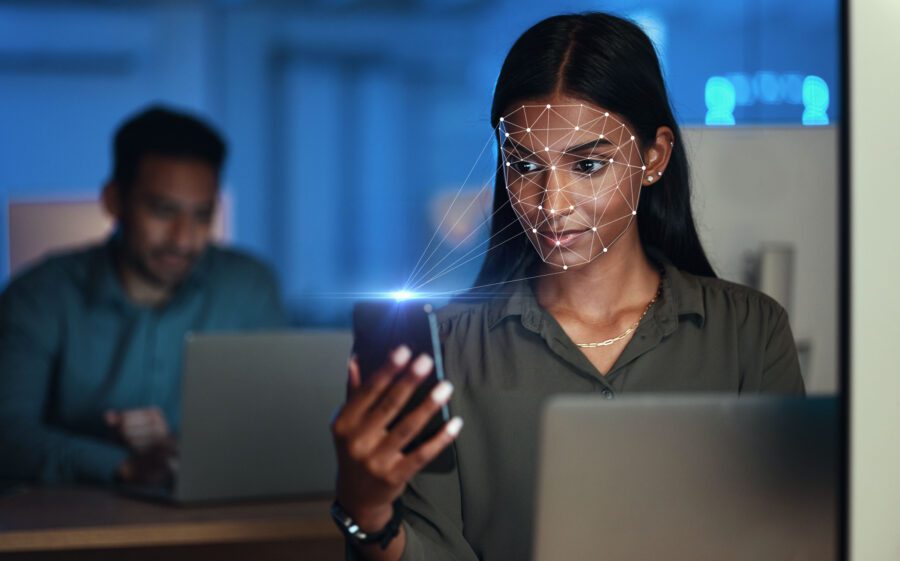
Key Insights into Biometric Authentication Systems and Data Science
Biometric authentication systems are increasingly being incorporated into consumer products. These systems, which extend beyond simple face scanners on smartphones, rely on advanced technologies to offer a robust layer of protection. Given the significant role data science plays in securing these systems, it continues to be a fascinating subject of study and application for data scientists.
Long-term Implications of Biometric Authentication Systems
Biometric authentication systems signify a significant leap forward for consumer privacy. Because biometrics are inherently difficult to replicate or steal, compared to traditional text-based passwords, this technology holds huge potential for data security in the long term.
However, these systems also present a range of unexplored, potential challenges. For instance, data breaches could expose a biometric trait resulting in someone losing control over a crucial piece of their identity, not to mention the privacy concerns that arise with biometric data collection and storage.
Future Developments in Biometric Authentication Systems
In the face of these potential challenges, it’s reasonable to anticipate future technological developments and adaptations in this sphere.
For instance, it’s possible we will see the rise of multi-factor biometric authentication, which would offer enhanced security by requiring several biometric identifications rather than just one.
Furthermore, privacy-supporting algorithms and tech could also be integrated into biometric authentication systems to ensure biometric data is securely stored and processed – this would go a long way in quelling consumer privacy fears.
Take Action based on these Insights
Given these future developments, there are several steps both consumers and businesses should consider:
- Stay informed: Keep abreast of the latest developments in biometric technology, as well as laws and regulations regarding data privacy and protection.
- Prioritize security: Invest in secure, modern technology that employs robust biometric authentication systems to protect sensitive data.
- Encourage transparency: Businesses should be open about their biometric data collection, storage, and use practices. Consumers should seek out this information.
- Prepare for potential breaches: Have contingency plans in place in case of data breaches involving biometric data.
In conclusion, while biometric authentication systems offer enhanced security, it’s vital to remain vigilant and proactive, constantly evolving with the technology’s advancements and associated challenges.